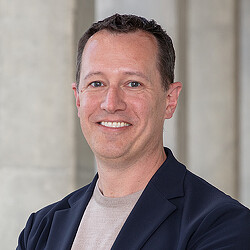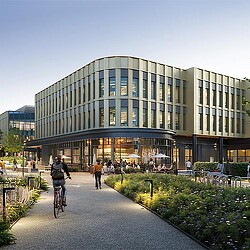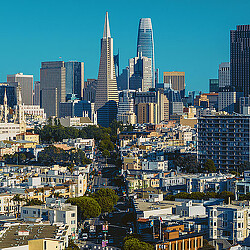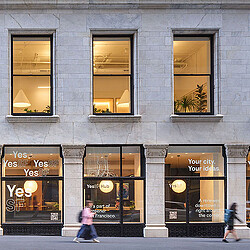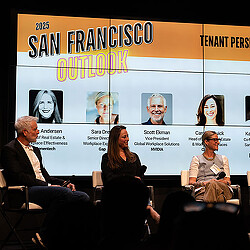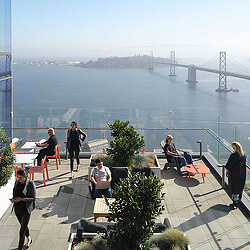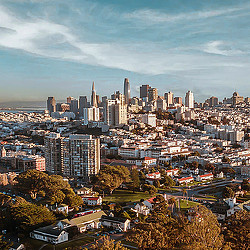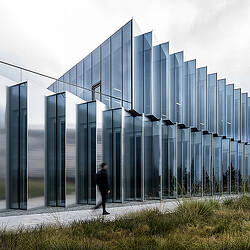San Francisco’s AI Boom Is Our Chance to Build a People-First City
The AI gold rush presents a rare opportunity to reinvest in our urban core, reconnect our neighborhoods, and rebuild our streets.
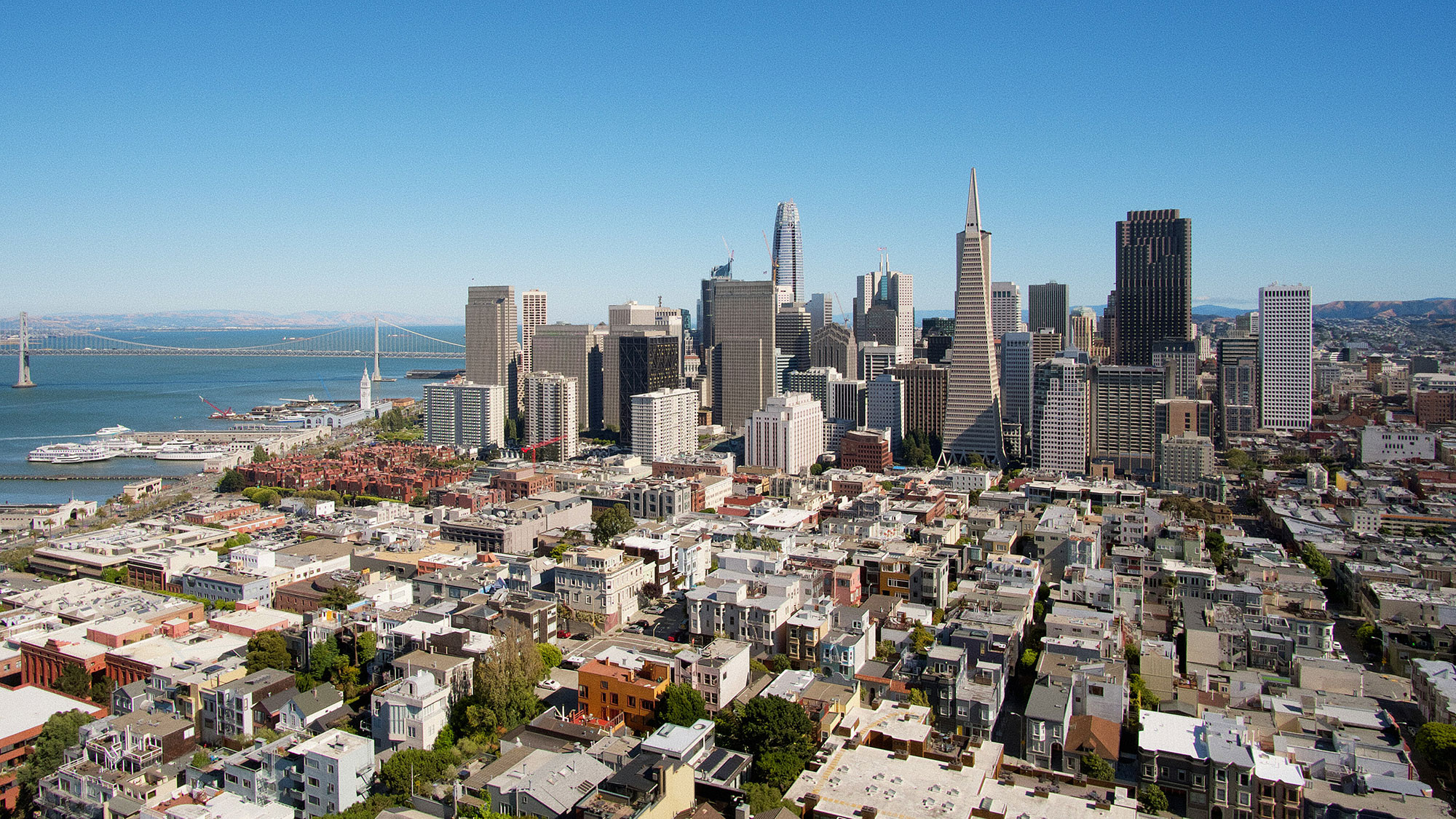
San Francisco finds itself once again at the center of a gold rush, this time, powered by the explosive growth of artificial intelligence. Billions in venture capital are flowing into the city, with more than half of generative AI companies based in San Francisco. There’s a new generation of companies reshaping our business landscape, and the world is taking notice. But if the last tech boom taught us anything, it’s that growth alone doesn’t guarantee shared prosperity. The benefits of innovation must be matched by thoughtful investment in the city’s physical and social infrastructure.
Unlike past tech waves that often bypassed the city’s core, this one is centered squarely in San Francisco itself. Beyond proximity, AI companies are choosing to locate in key neighborhoods for access to amenities, walkability, and vibrant community spaces. That makes this moment not just a business opportunity, but a civic one.
San Francisco can turn this momentum into a catalyst for civic renewal. The AI boom presents a rare opportunity to reinvest in the city’s infrastructure, public spaces, and community assets, making our city more livable, equitable, and resilient for generations to come.
SoMa: Reimagining a Human-Scaled Neighborhood
As San Francisco becomes a magnet for AI-driven growth, we have a unique opportunity to rethink how its neighborhoods are designed for people. Much of the South of Market neighborhood, or SoMa, is defined by wide streets and large-scale buildings from an industrial past, but this moment invites us to reshape it into a more human-scaled, welcoming place.
Key thoroughfares like Howard Street offer tremendous potential: we can green them with wider, tree-lined sidewalks, landscaped medians, and expanded pedestrian walkways that encourage walking, gathering, and connection. By investing in these kinds of improvements, we can transform SoMa into a vibrant, mixed-use district that supports both innovation and everyday life.
Why Amenities Matter More Than Ever
According to Gensler’s Global Workplace Survey 2025, amenities are no longer “nice to have” — they’re essential. Workers increasingly value neighborhood features such as coffee shops, outdoor spaces, medical facilities, grocery stores, and pharmacies, all of which ranked higher in importance than fitness centers or mass transit.
These amenities directly impact employee engagement, productivity, and retention. In fact, only 38% of the global workforce says they love their current workplace experience. The rest are craving environments that feel more like nature retreats, creative labs, or residential spaces opposed to traditional business hubs.
This means that investments in street-level vibrancy, green corridors, and community spaces become strategic moves to attract and retain top talent in a competitive AI-driven economy.
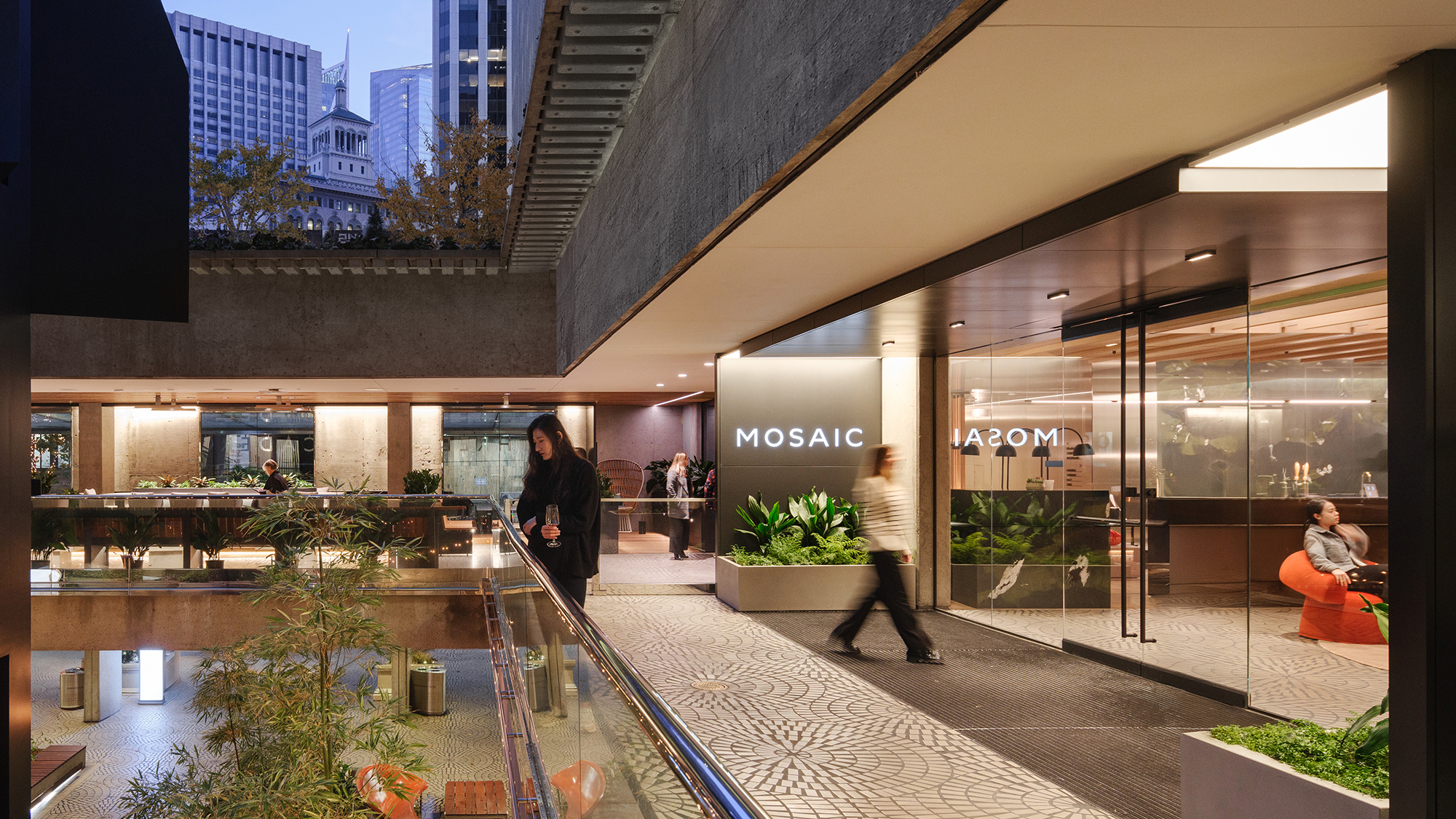
The Financial District: From Vacancy to Vibrancy
San Francisco’s Financial District, once the beating heart of the city’s business ecosystem, now faces a pivotal moment. Remote work and shifting office demand have left many buildings underutilized, creating a landscape of vacancy in what was once a bustling urban core. But the city’s AI-driven economic resurgence offers a powerful opportunity to reimagine downtown as a vibrant, mixed-use neighborhood that thrives 24/7.
The path forward lies in transforming vacant office towers into housing. A joint study by SPUR, ULI San Francisco, Gensler, and HR&A Advisors found that up to 11,200 housing units could be created through office-to-residential conversions across downtown neighborhoods, including the Financial District, SoMa, Yerba Buena, Mission Bay, and Jackson Square. Proving that these conversions are feasible.
By embracing this shift, we can bring life back to the streets, support small businesses, and create a more balanced urban fabric. A thriving residential population downtown means more foot traffic, more demand for local services, and a stronger sense of community. It also means a Financial District that doesn’t shut down at 6 p.m., but instead hums with activity day and night.
Creating Surprise and Delight Downtown
To truly revitalize downtown, we must go beyond infrastructure and housing and create moments of surprise and delight. Gensler’s City Pulse 2025 survey shows that the most magnetic cities are those that offer vibrant, engaging experiences that draw people in and make them want to stay.
That’s why Gensler is partnering with Downtown SF Partnership to transform Leidesdorff Alley with a colorful street mural, turning a quiet corridor into a lively, art-filled destination.
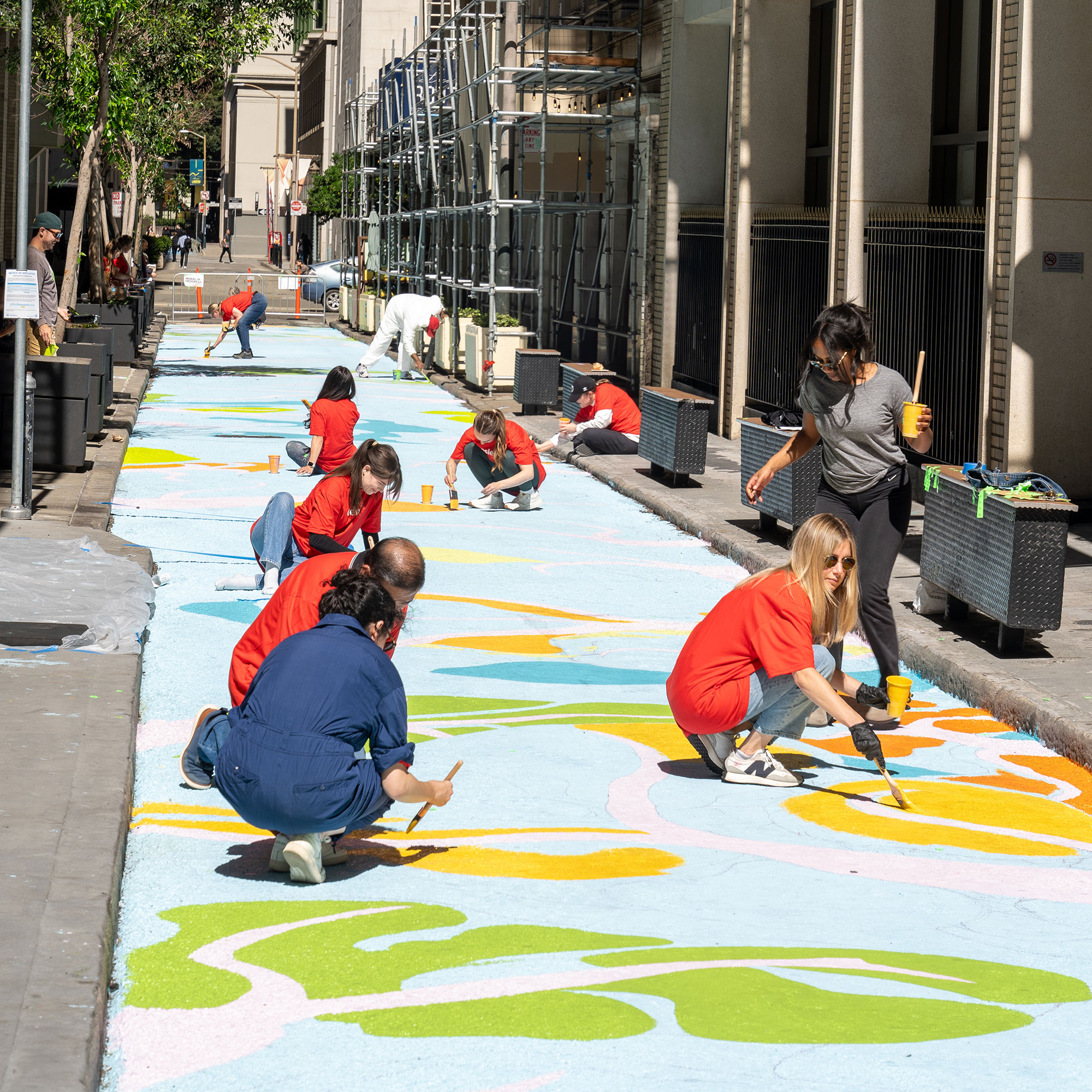
Another collaboration is transforming Front Street, California’s first “Entertainment Zone,” from a pass-through block to a vibrant destination for happy hours and street festivals. These small interventions can have an outsized impact — signaling that downtown is not just a place to work, but a place to explore, connect, and enjoy.
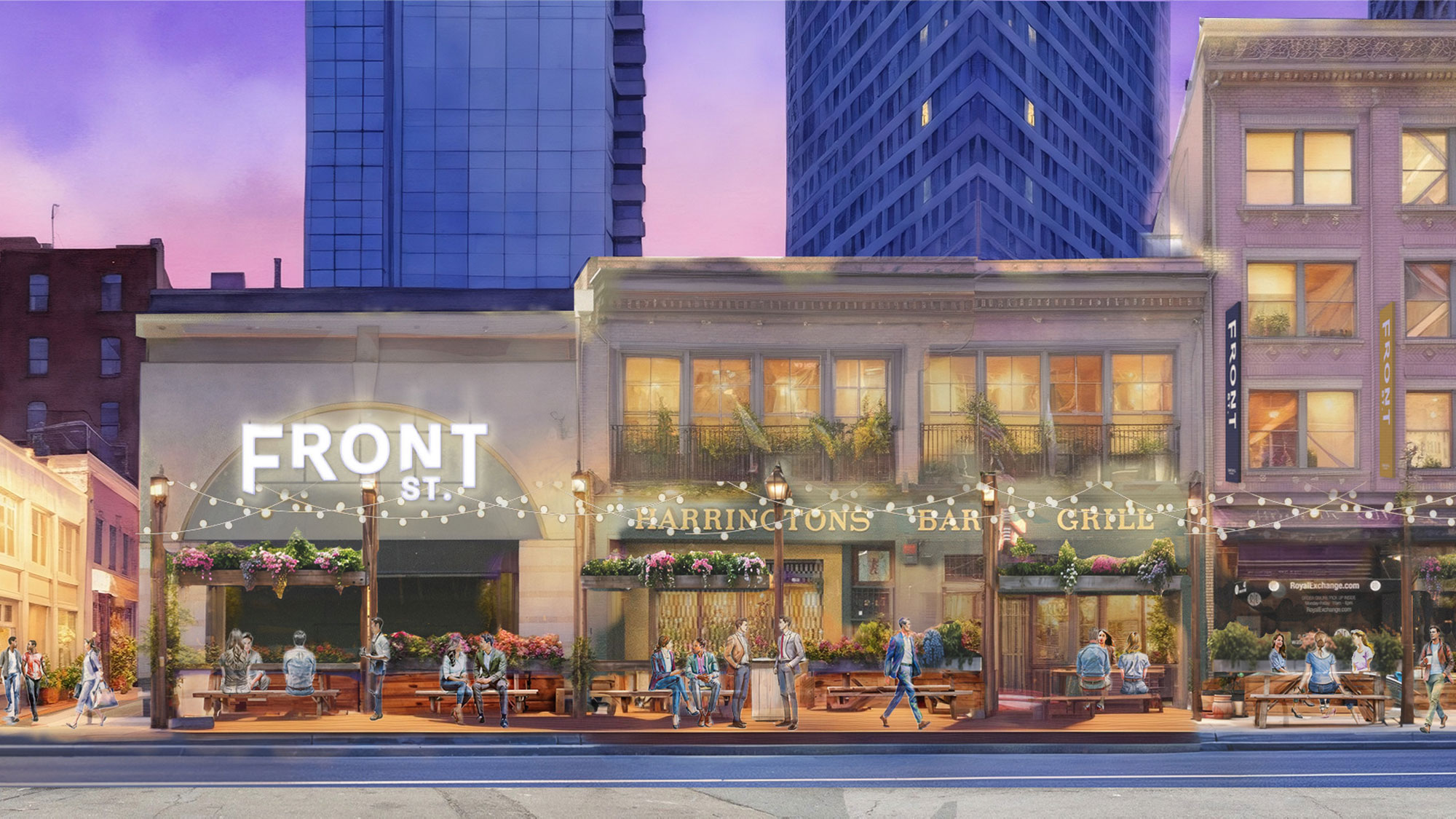
A Civic Vision for a Tech-Driven Era
This AI boom comes with a responsibility. We must ensure that the benefits of this economic surge are felt across the city, not just in boardrooms. That means investing in infrastructure, housing, and public space with intention and urgency.
San Francisco has always been a city of reinvention. Let’s seize this moment to reinvest in our urban core, reconnect our neighborhoods, and rebuild our streets, not just for people, but for a thriving, inclusive, and sustainable future that reflects the best of what our city can be.
For media inquiries, email .
